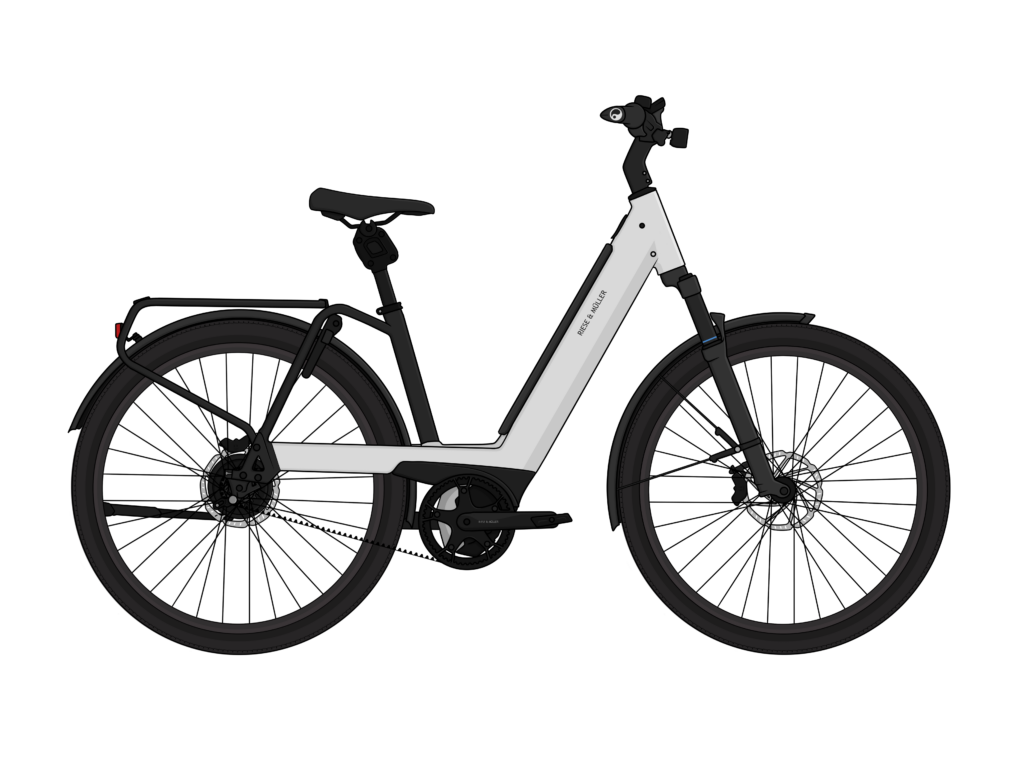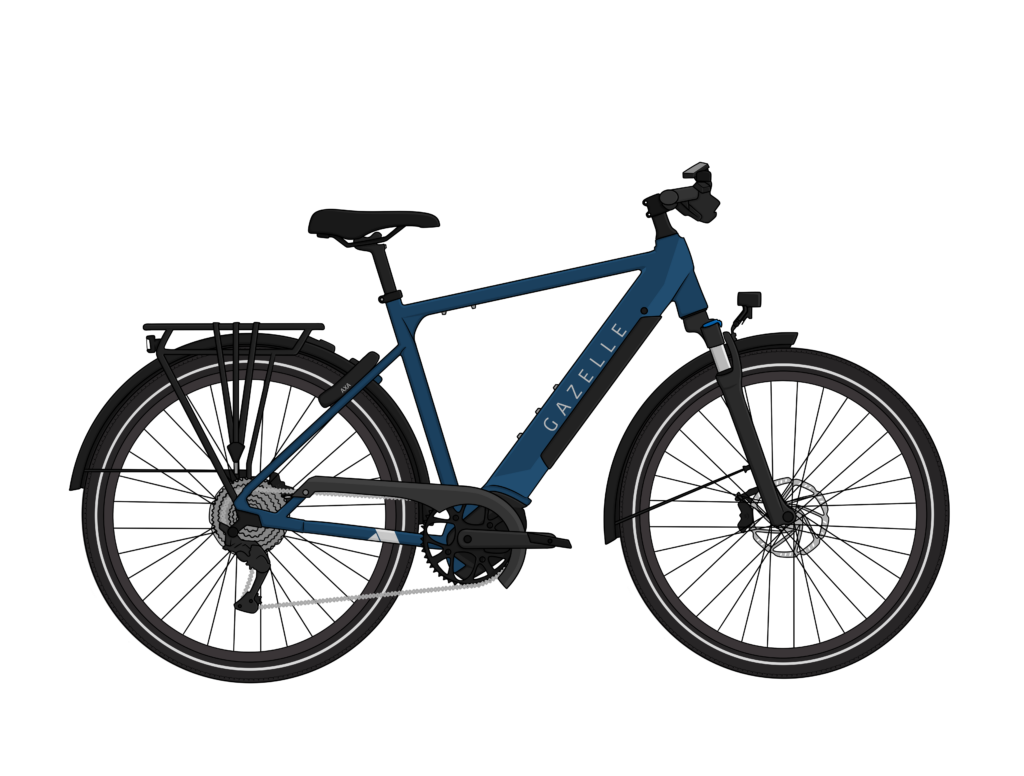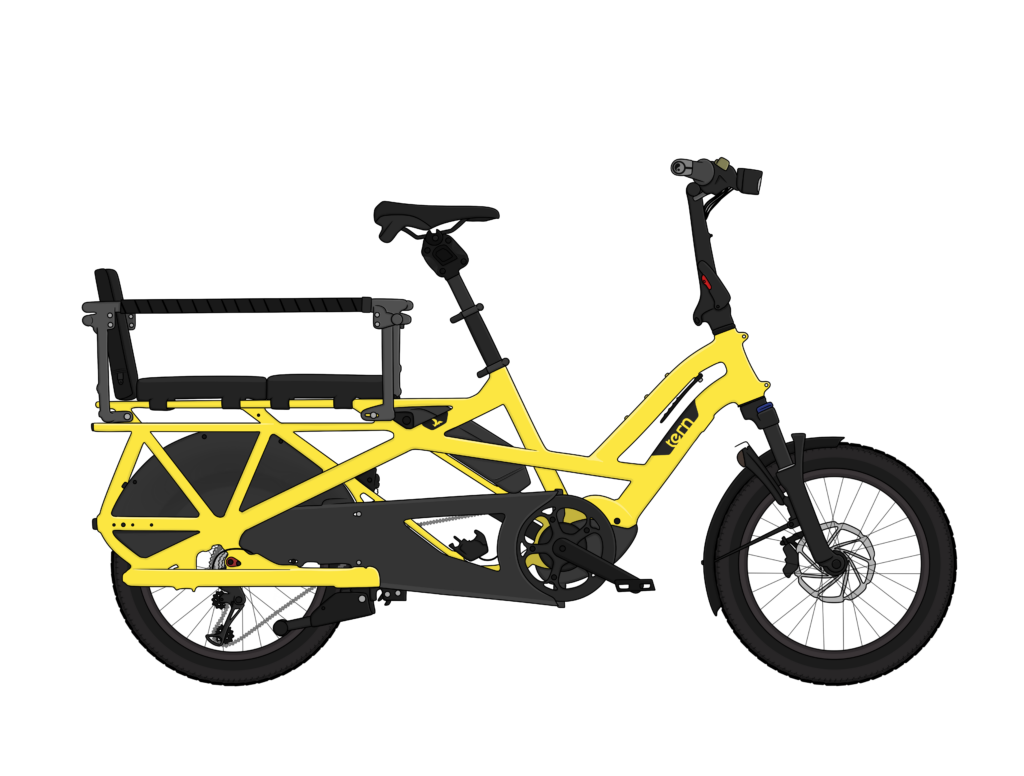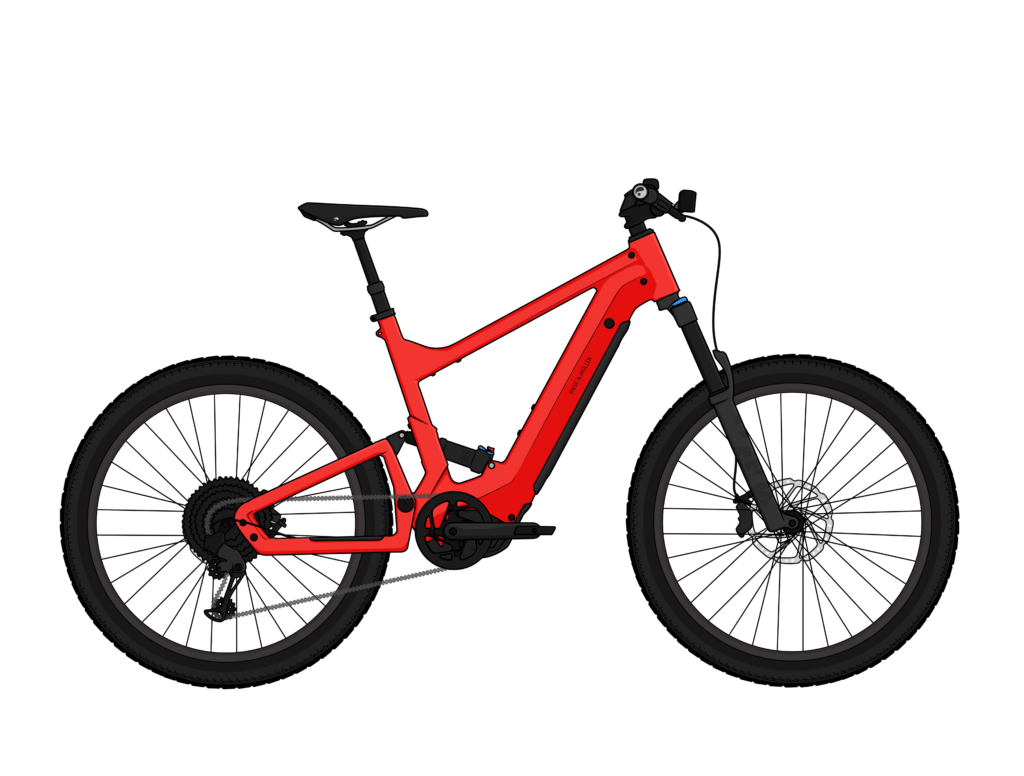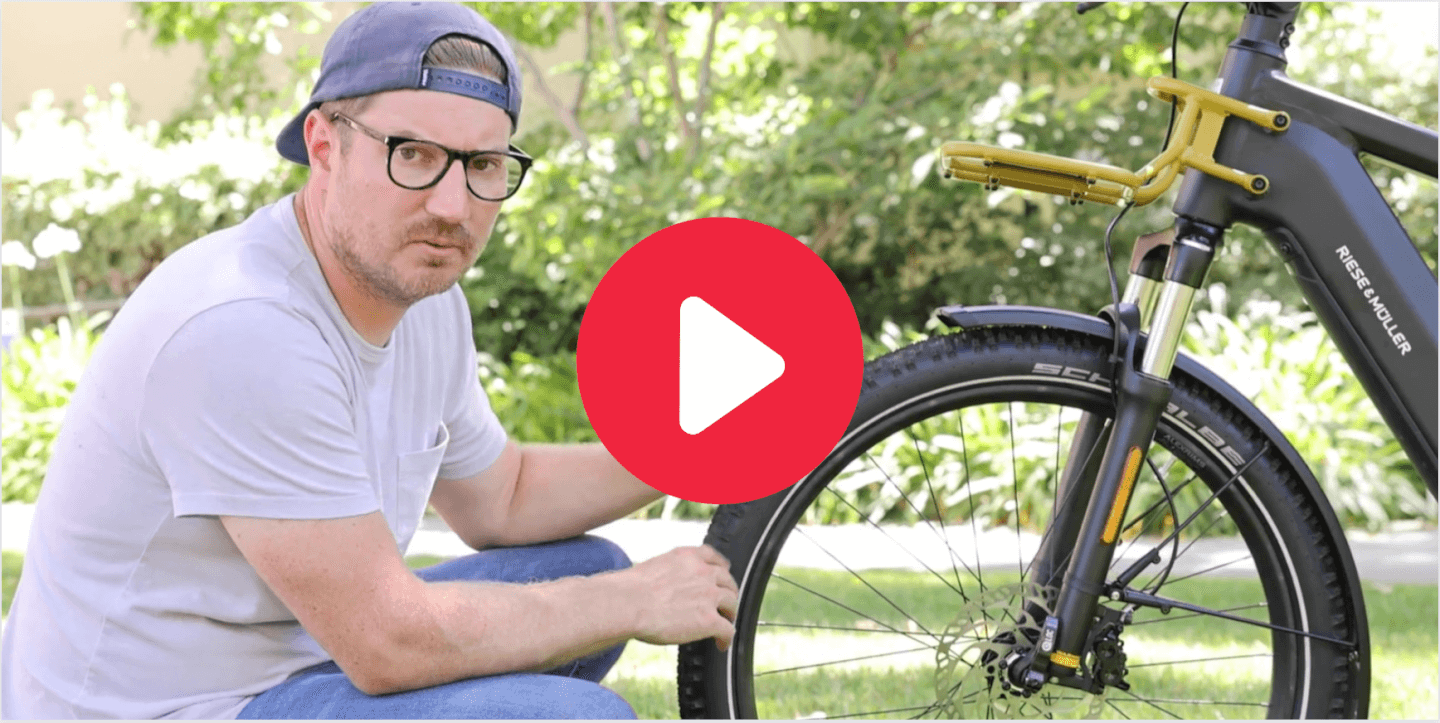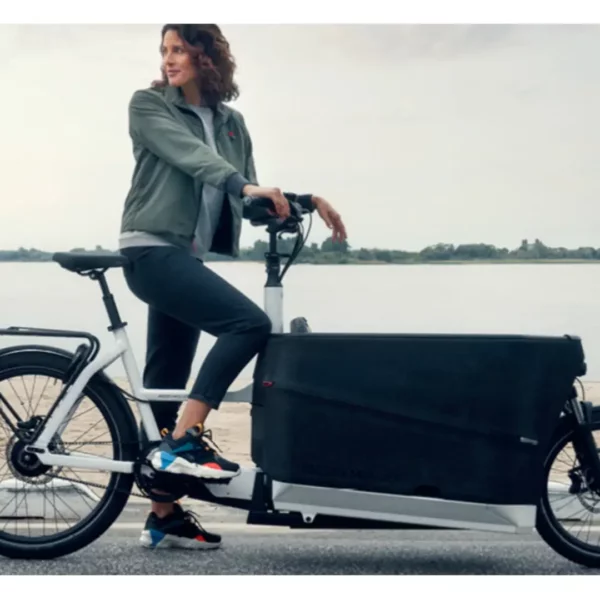eBike 101
When people visit one of our shops for the first time, or find Propel through videos on YouTube, they generally have a lot of questions about electric bikes. Below are our answers to some of the most common questions we hear, in the hopes we can help you make the best of your eBike experience.

1. What is an electric bike and how does it work?
In its most basic form, an electric bicycle is a bicycle. It has pedals, wheels, handlebars, etc. You pedal it, just like a non-electric bike. Where it differs is that it has an electric motor and a battery which provides power.
There are two different ways power can be delivered to the bike. In the most rudimentary form, some eBikes have a throttle, located on the handlebars, which you twist to give the bike a boost, similar to a scooter. Alternatively the eBike can feature a technology called “pedal assist.” Basically, you just pedal the bike and its motor provides electric assistance, enabling you to bike farther and maybe a little faster than you normally could on a non-electric bike.
At Propel, we only sell pedal-assist eBikes. What we love about pedal assist is it retains all the principles of riding a traditional bike.
2. How long does the battery last?
Different bikes come with different batteries, but as a general rule, most batteries are going to last somewhere between 20 to 80 miles.
Your range will vary depending on several factors, including the terrain, how much you weigh and the assistance level you’re using. If you’re interested in learning more about batteries and range, check out our battery page
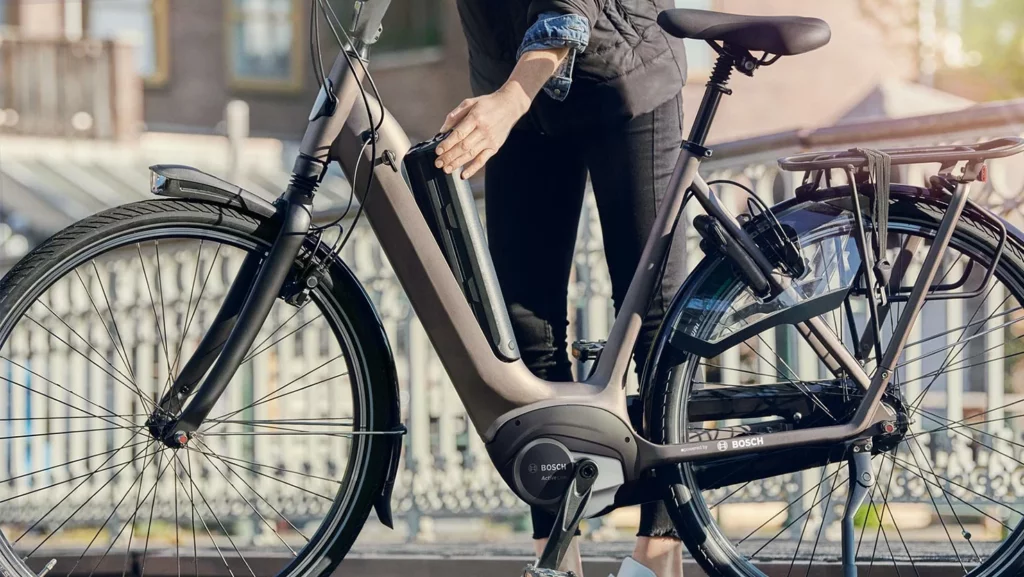
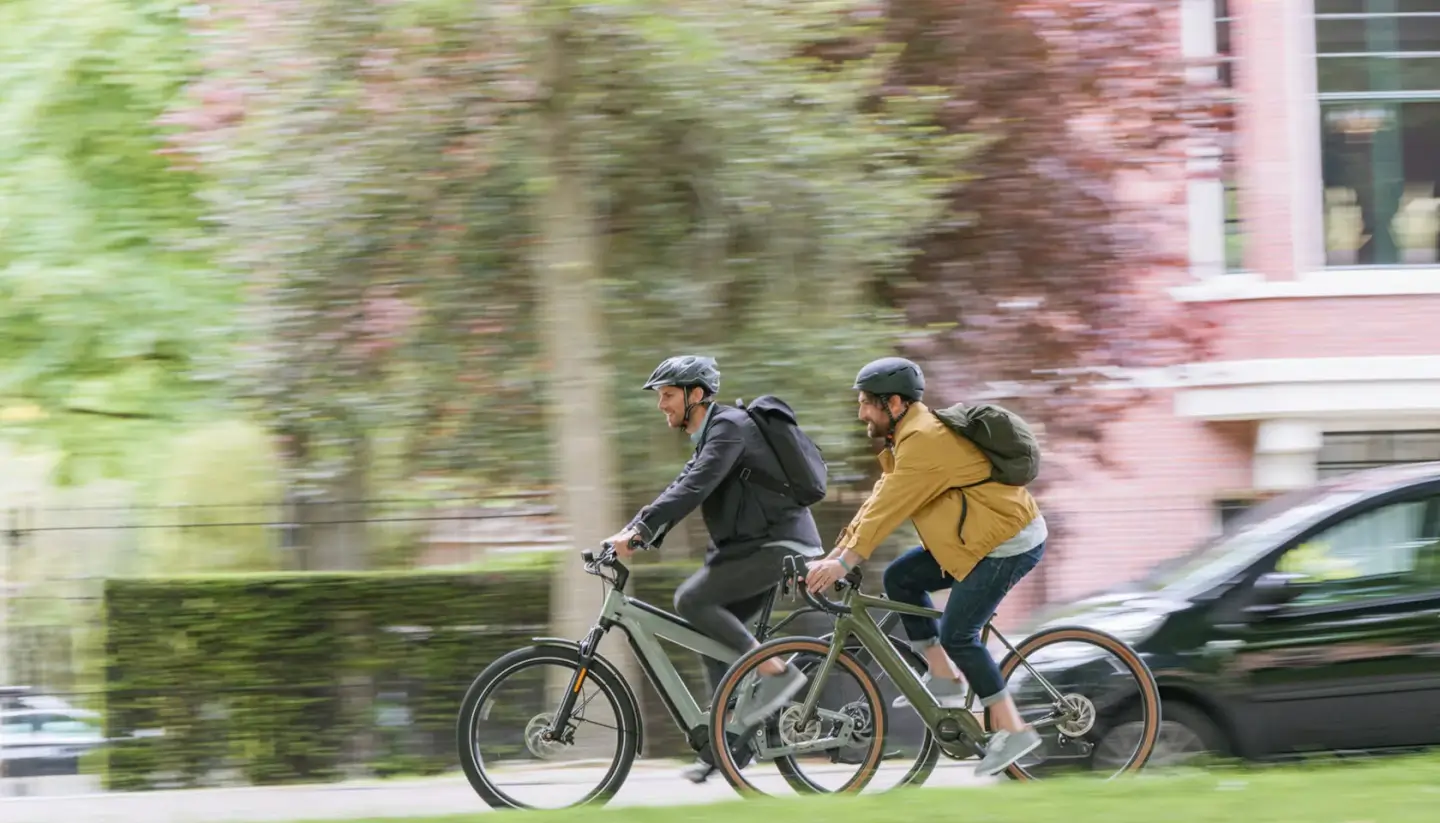
3. How fast do eBikes go?
Most electric bikes in the U.S. support a rider up to about 20mph, while in Europe and some other places they’re limited to 15.5mph. There are also some bikes in the U.S. that can support a rider up to 28mph. There are throttle bikes that behave like motorcycles, and go faster than may be legal or safe.
4. Are they legal?
Different bikes come with different batteries, but as a general rule, most batteries are going to last somewhere between 20 to 80 miles.
Your range will vary depending on several factors, including the terrain, how much you weigh and the assistance level you’re using. If you’re interested in learning more about batteries and range, check out our battery page
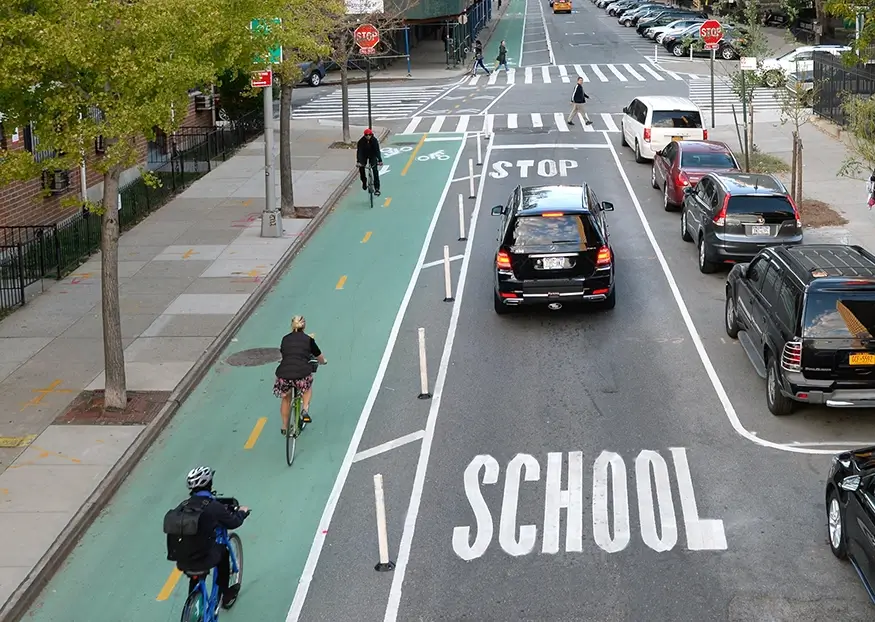
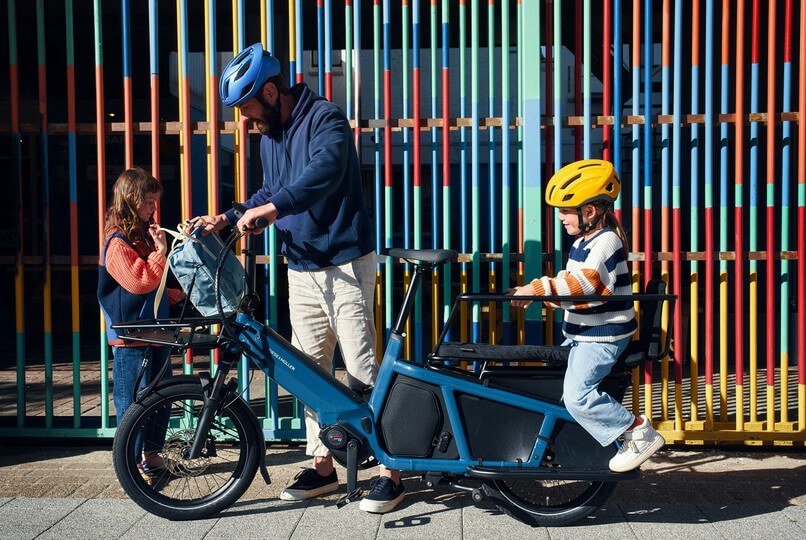
5. Do I need to wear a helmet?
There are certain places that require helmets for all bike and electric bike usage, so it might be a good idea to look up the laws where you plan to ride. There are several places, including California, that require helmets for bikes that go up to 28mph (Class 3). Otherwise, no, most eBikes don’t require you to wear a helmet, although we usually recommend it. It’s really up to you and what makes you feel the safest and most comfortable.
While we’re on the topic of helmets, have you seen Why don’t the Dutch wear helmets?
6. Do I need insurance?
You do not need insurance in the way that cars require insurance.
You may, however, want to consider getting insurance to cover the bike for theft or damage. It’s an expensive purchase–an investment for most people–and if you rely on it for commuting or getting your kids around town, having it stolen or damaged can be a real bummer.
Learn more about bike insurance here.

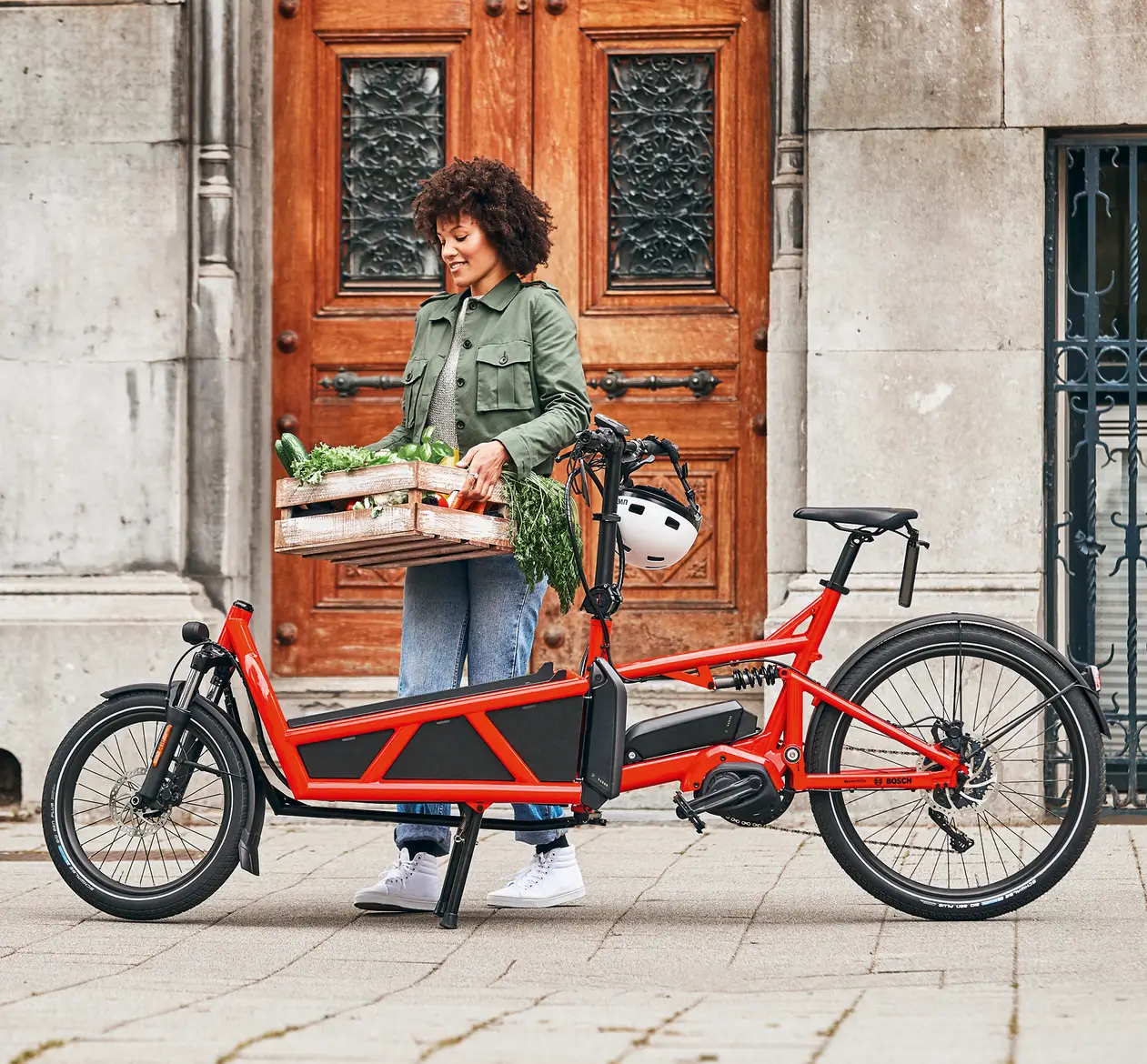
7. How much do they cost?
You might find an electric bike out there for as cheap as $600, but it’s likely not going to hold up very well, or even be that safe to ride. And if it breaks or loses a part, finding a place to repair it is not going to be easy.
Most of the bikes we offer at Propel range from $3K to $6K, but they can go up to $10K or $12K. You might be wondering how someone would even consider spending that much money on an electric bicycle, which most people would regard as just a bicycle with a motor thrown on it.
In our experience, when people invest in a purpose-built electric bike of this quality, they’re not thinking of it as buying an expensive bike, but as a car alternative or even as a full-on car replacement.
8. What types of eBikes are out there?
For every non-electric bike out there, there’s an electric variant. There are electric folding bikes, commuter bikes, mountain bikes, road bikes and cargo bikes (if you want to carry kids or transport goods for your business). Pretty much everything you can think of there’s probably that type out there.
One of the eBike types we’ve seen catch on in popularity is this go-anywhere, do-anything style, capable of riding on all types of terrain. Most people want to ride on the street, but want to have the option to occasionally go exploring on some off-road trails, that sort of thing. It’s not recommended to take this type of bike on any hard core mountain bike trails, but it’s a well rounded choice for a well rounded rider.
Want to know more about go-anywhere, do-anything eBikes? Browse our selection here.

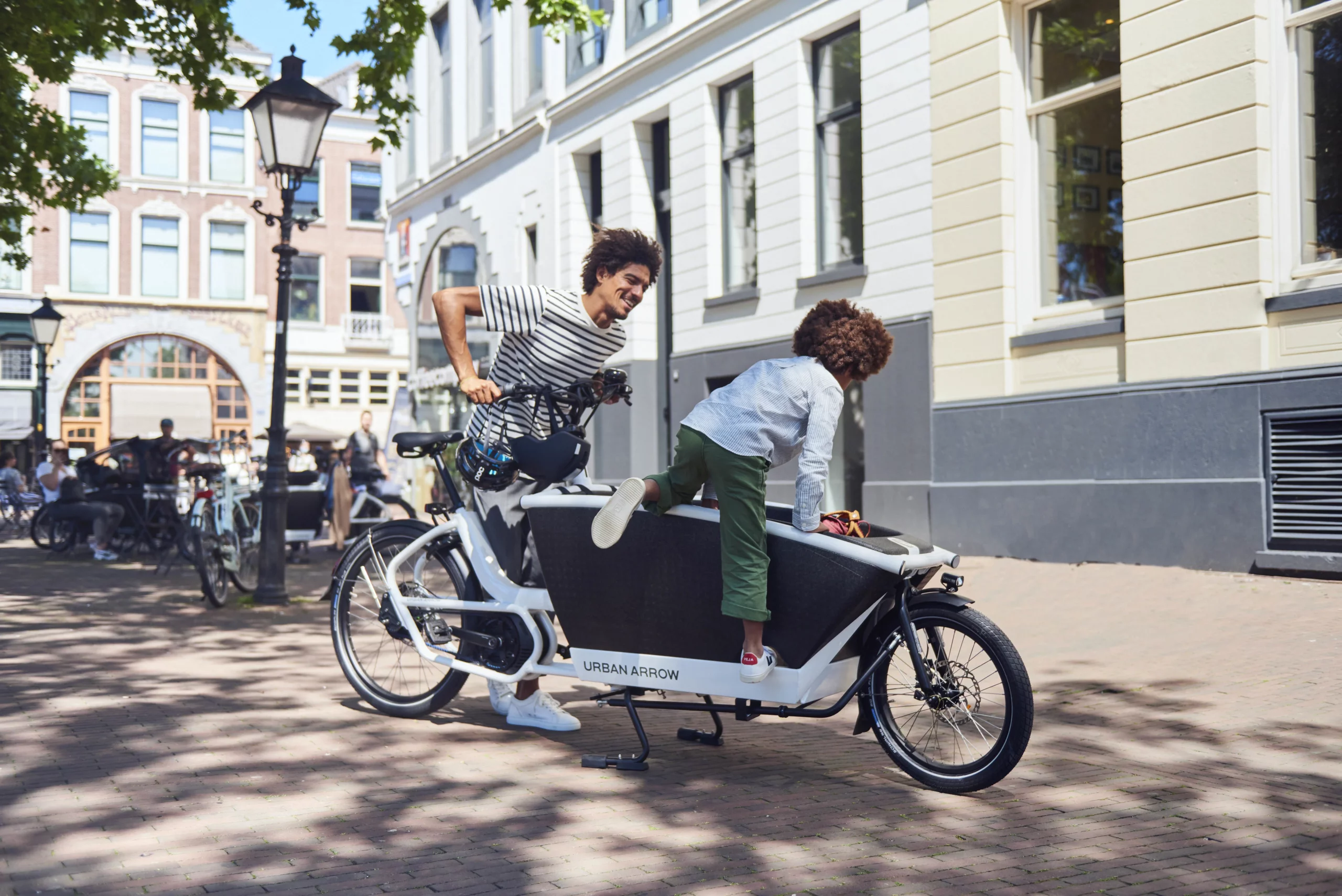
9. How much do electric bikes weigh?
Most electric bikes weigh somewhere between 40 and 60 pounds. Some can weigh more if they have additional features or batteries. It also depends on the type of bike, as electric cargo bikes can weigh upwards of 100 lbs.
When it comes to riding these bikes, weight shouldn’t play a major factor in your decision to buy one, as the electric assistance ensures even the heaviest of eBikes doesn’t have much of an impact on your ability to ride.
Weight becomes much more of a factor when considering how and where you’re going to store your eBike when it’s not being ridden.
Do you have to climb multiple flights of stairs to get your eBike safely into your apartment? To avoid straining your back, maybe you’ll need to consider a lighter bike, or, even better, keeping it in a (very secure) garage or some other outdoor/first-floor storage options.
Will you have to transport your eBike by car? Make sure you have a robust enough bike rack. Learn more about racks specifically designed to carry eBikes through this handy guide.
10. How much maintenance do they require?
Most electric bikes don’t require much more maintenance than a non-electric bike. If you’re riding faster or going up and down hills pretty often, you’re likely to find that your brake pads may need replacing sooner than if your commute was mostly flat, as just one example.
Learn more about electric bike maintenance here.
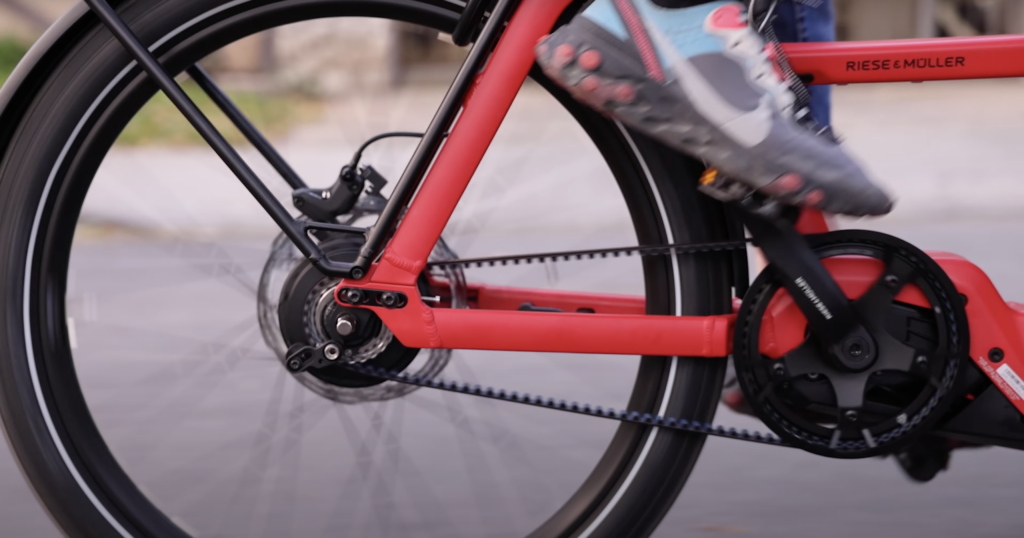
Questions?
If you have more questions about electric bikes, we highly recommend continuing to explore our website or checking out our Youtube channel, Propel. And if you need help finding an eBike, our Matchmakers will be happy to help.
Contact Us
